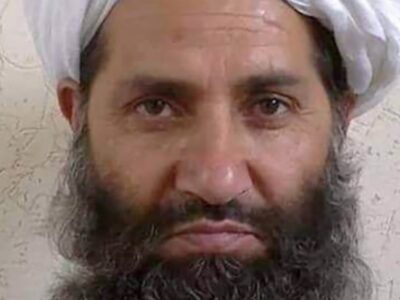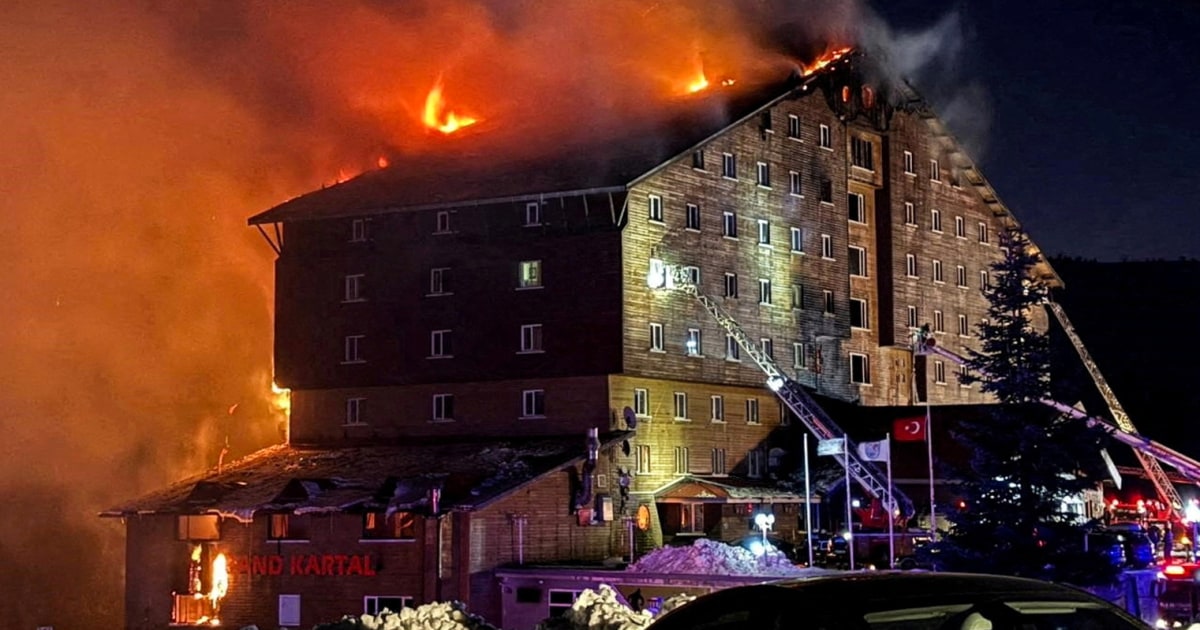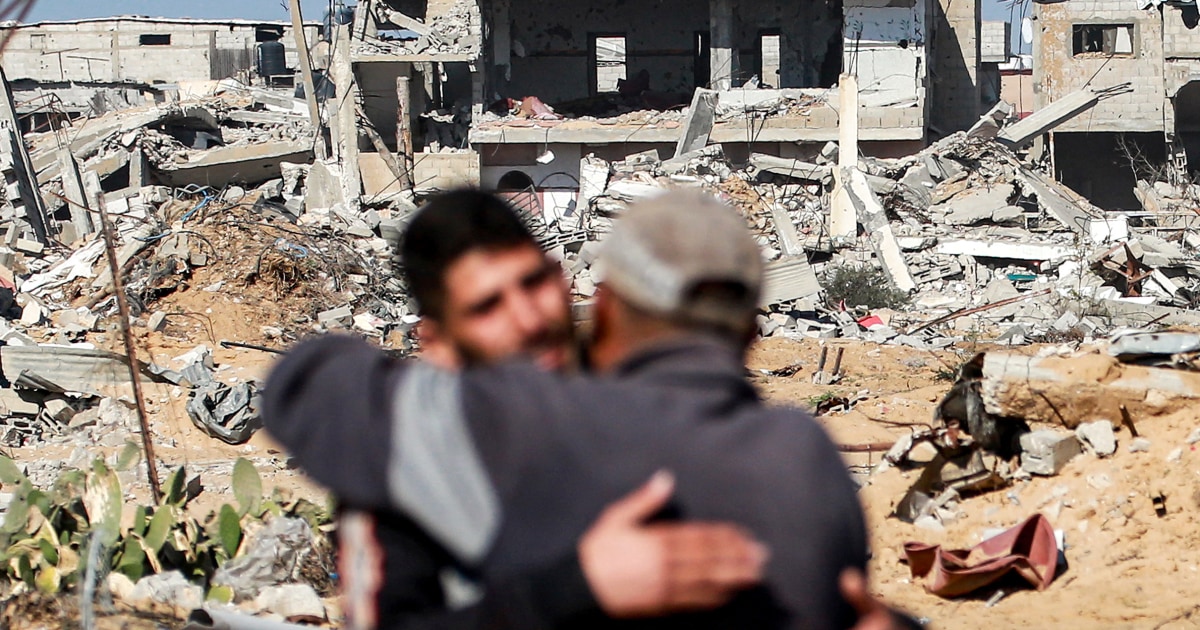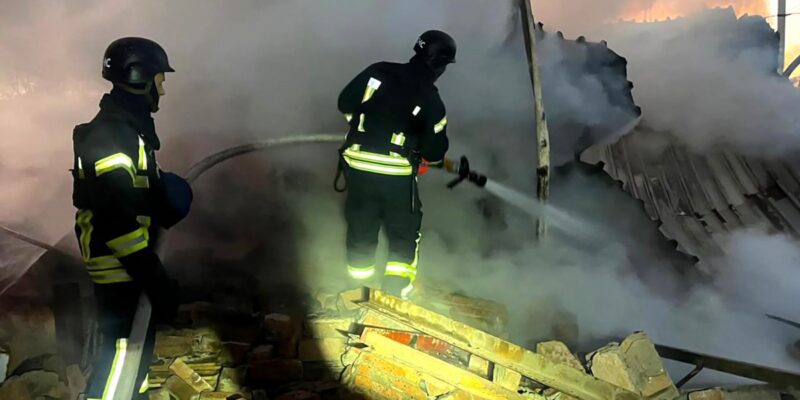
KYIV, Ukraine — More than 700,000 homes and businesses were without power across a frigid Ukraine early Thursday after Russia launched a widespread missile and drone attack on the country’s energy sector.
Air raid sirens began to ring out late Wednesday night and blared for more than nine hours. People across the country took refuge in bomb shelters, subway stations and even their own bathrooms, waiting out the bombardment alongside strollers, pets and what little blankets they could carry.
Targeting the power grid comes just as cold weather begins to bite, a tactic that Ukrainian officials and Western analysts say Russia deliberately deploys. The temperature is forecast to stay below 35 degrees Fahrenheit all of Thursday, with fog in the air and snow already covering Kyiv’s roofs.
The physical discomfort of these outages is compounded by the uncertainty of President-elect Donald Trump’s looming inauguration Jan. 20. His reluctance to commit support for Ukraine brings a huge degree of uncertainty to the conflict, just as Russia is making its fastest battlefield gains since the early days of the 2022 invasion.
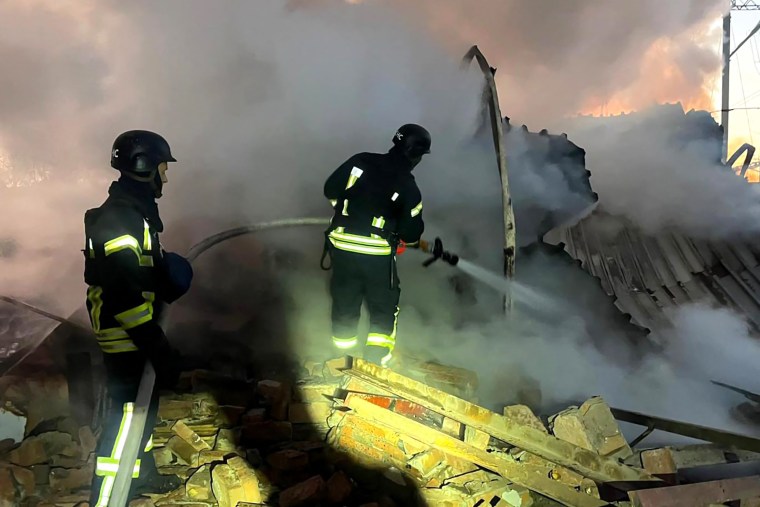
Firefighters extinguish a blaze at an energy infrastructure facility following a Russian missile attack in Lutsk, Ukraine on Thursday.Ukrainian Emergency Service / AFP – Getty Images
This was Russia’s 11th attack on Ukraine’s energy sector this year, officials said. President Volodymyr Zelenskyy called it a “very vile escalation of Russian terrorist tactics.”
Ukraine said it had detected 188 incoming “attack targets,” including 57 cruise missiles fired from Tupolev Tu-95 bombers, 28 Kalibr cruise missiles fired from ships in the Black Sea, and 97 Iran-designed Shahed drones, according to a post by the Armed Forces of Ukraine.
“Again, energy system is under a massive attack from the enemy,” Ukraine’s energy minister, Herman Halushchenko, wrote in a post on social media. “Attacks on energy facilities are taking place all over Ukraine.”
Zelenskyy said that the attacks included cluster munitions, which “make it much more difficult for our rescuers and energy workers to eliminate the consequences of the impact.”
He also reiterated calls for the West to provide more military assistance.
“Each such attack proves that air defense systems are needed now in Ukraine, where they save lives, and not in storage bases,” he said. “This is especially important in the winter, when we have to protect our infrastructure from targeted Russian strikes.”
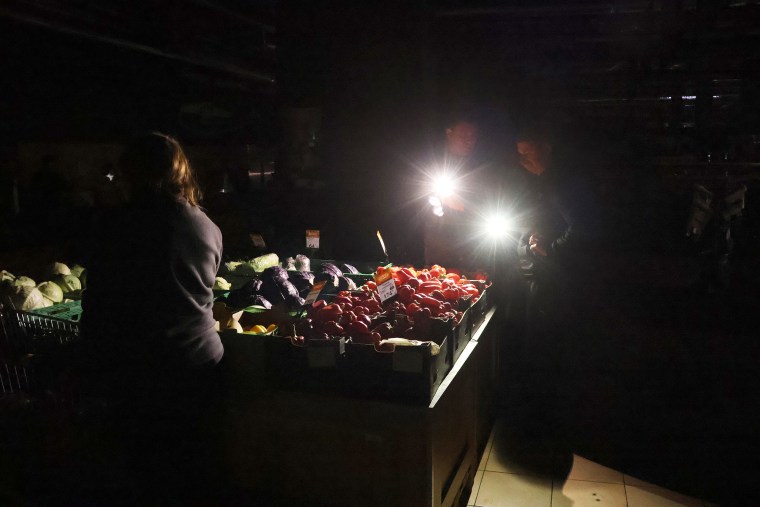
Customers use camera flashes to illuminate vegetables in a supermarket during a power outage in Kyiv on Wednesday. Ukrinform / NurPhoto via Getty Images
Ukraine’s existing air defenses were able to bring down more than 100 of these incoming projectiles, the army said, but dozens got through.
Worst hit were several western regions that do not often face Russian attack. As of Thursday morning, some 523,000 homes and businesses in the Lviv region were without power, Governor Maksym Kozytskyi wrote on Telegram.
In neighboring Volyn, some 215,000 customers were without electricity, Governor Ivan Rudnytskyi, wrote, after a transformer substation was hit in the regional capital of Lutsk. Other outages were reported in the Khmelnytskyi, Ivano-Frankivsk, Zhytomyr and Rivne oblasts, with many schools telling children to study at home.
In Kyiv, officials said that anti-aircraft guns intercepted all inbound targets, although falling debris caused damage in the Dniprovskyy and Darnytskyy districts, causing damage to a truck and buildings in an industrial area.
The Energy Ministry said in an online post that “power engineers are working to provide backup power schemes where possible. They have already begun restoration work where the security situation allows.”
NBC News has contacted the Russian Ministry of Defense for comment on the attack.
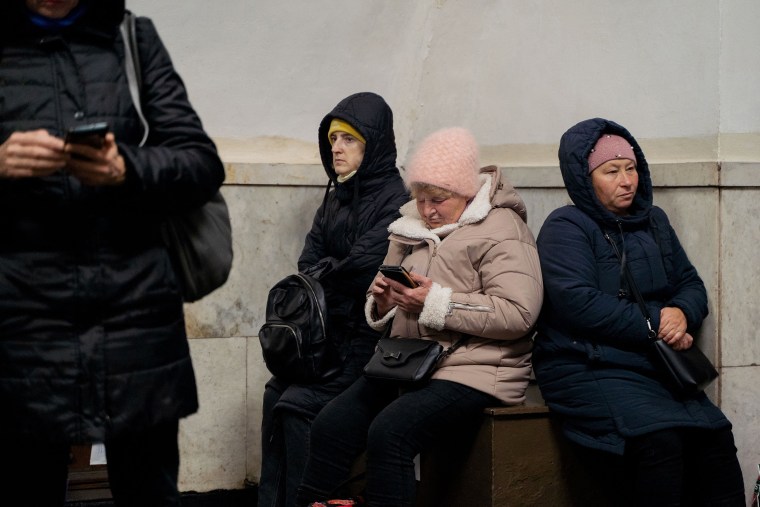
Civilians take shelter in a metro station during an air raid in Kyiv on Thursday.Tetiana Dzhafarova / AFP – Getty Images
It came hours after Trump said he would nominate retired Gen. Keith Kellogg to serve as his special envoy for Ukraine and Russia.
Kellogg has previously suggested he could condition U.S. military aid to Kyiv on their participation in peace talks with Russia.
The U.S. has so far provided some $70 billion in military aid to Ukraine, more than any other country. Trump has repeatedly declined to commit to continuing this assistance, instead saying he would finish the war before his inauguration — without saying how.

